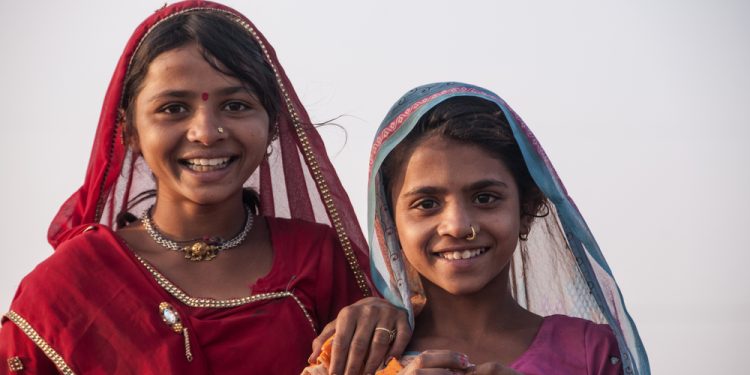
Beti Bachao
Beti Bachao is a campaign that was launched on January 22nd, 2015, in India to address the issues of disproportionate child-gender ratios and issues related to the empowerment of women. It features a national ad campaign that educates the public on selective sex abortions and infant feticide in India. This campaign also features service delivery structures that are adequate to deal with gender issues and the rights of children.
Issue of Feticide in India
It is believed that female feticide, or the illegal abortion of a fetus because it is female, is an ongoing problem in India. That’s because India experiences a high birth sex ratio. Normally, a ratio of 103 males to 107 females is considered to be within normal parameters, and any number higher than that is highly suggestive of female feticide. According to the decennial census in India, the male to female infant sex ratio is rather high. In 1961, there were 102.4 males born for every 100 females. In 2011, there were 109 males to every 100 females. Today, there is some controversy over whether high male to female sex ratios are caused by female feticide or by some other natural cause.
History of Beti Bachao
To tackle the issue of female feticide, the Pre-Conception and Pre-Natal Diagnostic Techniques Act (PCPNDT) was passed in India in 1994. This act banned and provides for harsh penalties for prenatal sex screening and female feticide. As of this moment, it is illegal in India to disclose the sex of the fetus to anyone. Currently, some people have deep concerns that the spirit of the PCPNDT is being followed and/or enforced by the authorities.
In October of 2014, Beti Bachao & Beti Padhao were introduced in India to deal with the problem of disproportionate female to male gender ratios. This campaign targeted 100 districts that were chosen for their disproportionate female to male gender ratios. January 22nd was chosen as the launch date for this campaign, and it was launched on January 22nd, 2015, by Prime Minister Modi.
Purpose & Strategies of Beti Bachao
Today, the objectives of this campaign are not just to prevent female feticide but also to promote the welfare of women, as well as the education of women in India. It accomplishes this with the implementation of several key strategies. These include: the implementation of a social mobilization and media campaign to create equality for females and to promote their education; increase the public discourse on female to male gender ratios and selective sex abortions; place a focus on districts in which these issues may be more pronounced; mobilize a grassroots movement for social change; ensure that public and private institutions are responsive to the rights of children and gender issues, and enable cooperation between institutions.








